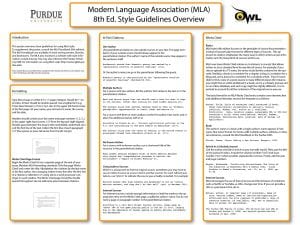The following text was shared in chunks with students (groups of 4-6 had the same section of text to read).
Forced Labor
Forced labor is sometimes also called labor trafficking. It involves finding and transporting people to force them to work. This happens through threats, force and abuse of laws that protect workers’ rights.
A person can still be a victim of forced labor even if he or she willingly worked for an employer before.
People who come into one country from another to work are particularly at risk. However, individuals also may be forced into labor in their own countries.
Bonded Labor Or Debt Bondage
One way to force victims of both sex trafficking and forced labor to work is making them believe they have a debt to pay.
Some workers inherit debt. For example, in South Asia it is estimated that there are millions of trafficking victims working to pay off their family members’ debts.
Others fall victim to traffickers who take advantage of an initial debt as a condition of employment.
When people want to immigrate to another country, someone may offer to help transport them in exchange for work. This is a form of human trafficking, too. Many victims do not realize they are being trafficked in this way.
Traffickers and employers may charge workers recruitment fees and incredibly high interest rates. This makes it difficult, if not impossible, to pay off the debt.
Such circumstances may occur within temporary work programs in which a worker’s permission to be in the country legally is tied to the employer. This may make workers afraid to challenge their employers.
Domestic Servitude
Involuntary domestic work is a form of human trafficking in people’s homes. A household worker is not free to leave his or her employment and may be abused, underpaid or not paid at all.
Labor officials generally do not have the authority to inspect employment conditions in private homes. Domestic workers, especially women, confront various forms of abuse, harassment or being taken advantage of, including sexual abuse.
Forced Child Labor
Although children may legally work under certain circumstances, they may not be forced to do so. Forcing children to work is illegal.
One example is when a child is in the care of a non-family member who requires the child to do work that benefits someone outside the child’s family. The child also does not have the option of leaving.
Unlawful Recruitment And Use Of Child Soldiers
Child soldiering is also a form of human trafficking when it involves forcing children to fight or work, which is often done through force.
Organizers of child soldiers may be governments, militaries or rebel groups. Many children are abducted to be used as soldiers. Others are made to work as servants, messengers or spies. Young girls may be forced to marry commanders and soldiers. Both male and female child soldiers are often subject to the same types of devastating physical and psychological consequences associated with child sex trafficking.
source: https://newsela.com/read/lib-overview-human-trafficking/id/38343/
If you missed today’s class, you need to read all sections of the text and summarize each section into one sentence that encapsulates the key information for the section.
Then, you need to complete the paragraph assignment and submit it via email (angela.stott@sd6.bc.ca) or in class. This is a required assignment.
Paragraph Assignment:
Write a paragraph that begins with the topic sentence: “There are several means of human trafficking practiced illegally in the world.”
In addition to communicating information concisely and clearly, I will be looking specifically for effective use of transition words as well as a solid concluding sentence.


